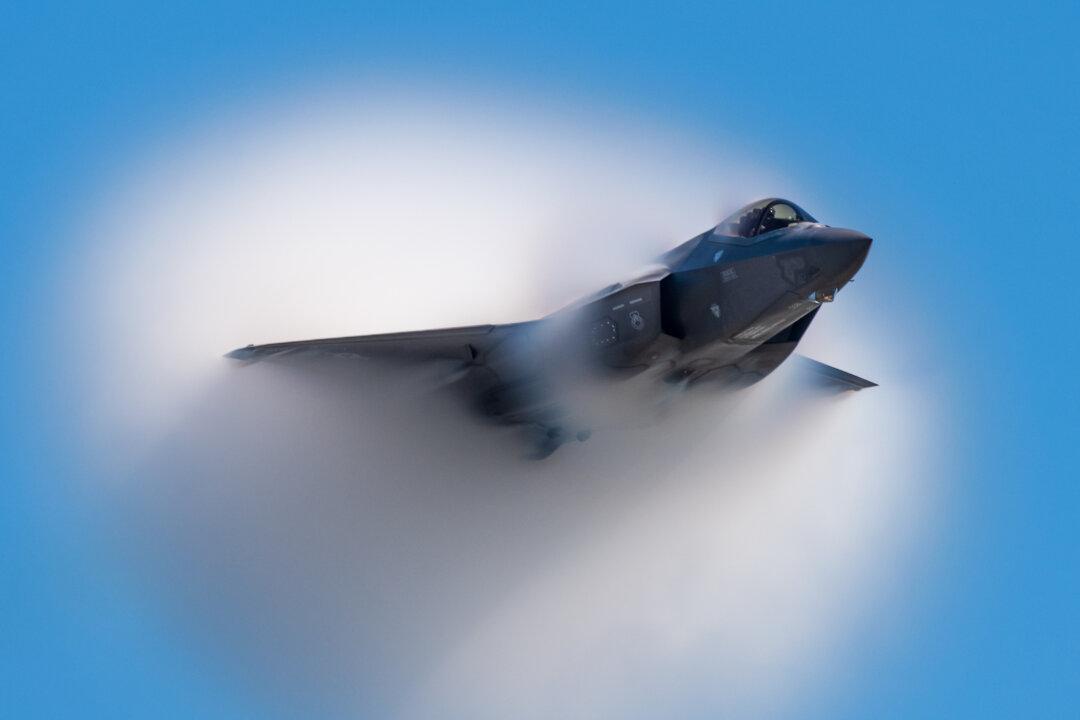The flagship F-35 stealth fighter is continuing to lag behind expectations, Pentagon officials have acknowledged, but won’t be affected by Turkey being cut out of a $428 billion international program and the supply chain.
Developed as a joint forces program, the F-35 was envisioned as the next-generation backbone of fighter fleets of the navy, air force, and marine corps, with an efficient single-engine and universal design aimed at cutting production and running costs.





